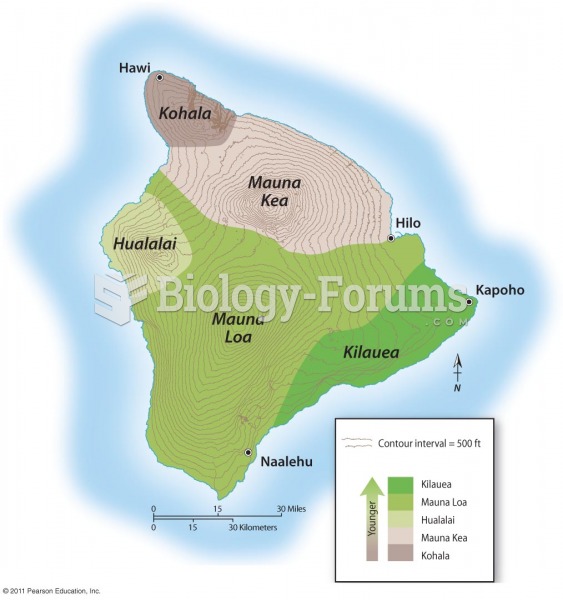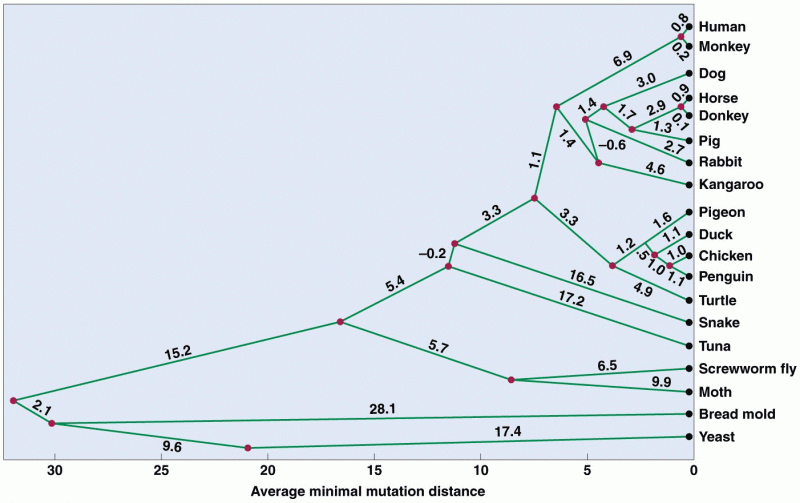Puamana was established in 1968 as a Hawaii non-profit corporation. Several owners constructed pop outs that encroached onto the common areas owned by Puamana. The term pop out refers to an expansion of the dwelling by which the exterior walls are pushed out toward the area beneath the eaves of the building structure. The Board of Directors of Puamana initially assumed that the pop outs remained within the boundaries of the respective units because they did not protrude beyond the drip lines of the eaves. However, the Board subsequently discovered that the unit boundaries coincided with the original position of the exterior walls of the dwellings and that the pop outs encroached onto the common areas even though they remained under the eaves. Dale W. Hillman was one of the unit owners desiring to construct a pop out, and he proposed to extend nearly all of his 66-foot exterior wall 2.5 feet outward toward the eaves, creating an additional 165 square feet of floor space. The Board rejected Hillman's proposal unless and until the CCRs could be amended to expressly permit encroachments onto the common areas. On October 19, 1999, the Board recorded a document entitled Amendment of Puamana Declaration, Covenants, Conditions and Restrictions. The amended CCRs authorized the Board to approve minor encroachments of up to 200 square feet per unit. Allan and Barbara Lee and other owners brought suit challenging the authority of the board to amend the CCRs to allow the pop outs. The Lees also claimed that they enjoyed a scenic view of Kaho'olawe from their third-floor loft, which was blocked when their neighbor, Mark Ciaburri, impermissibly constructed his own third-floor loft. Did the board have the authority to allow the pop outs through the amendment?
Question 2
Each shareholder has an absolute right to annual dividends.
Indicate whether the statement is true or false







